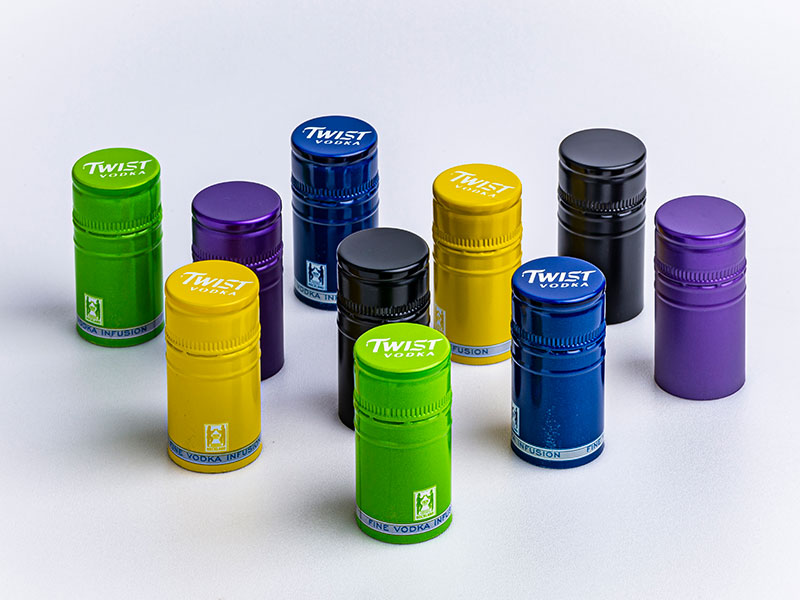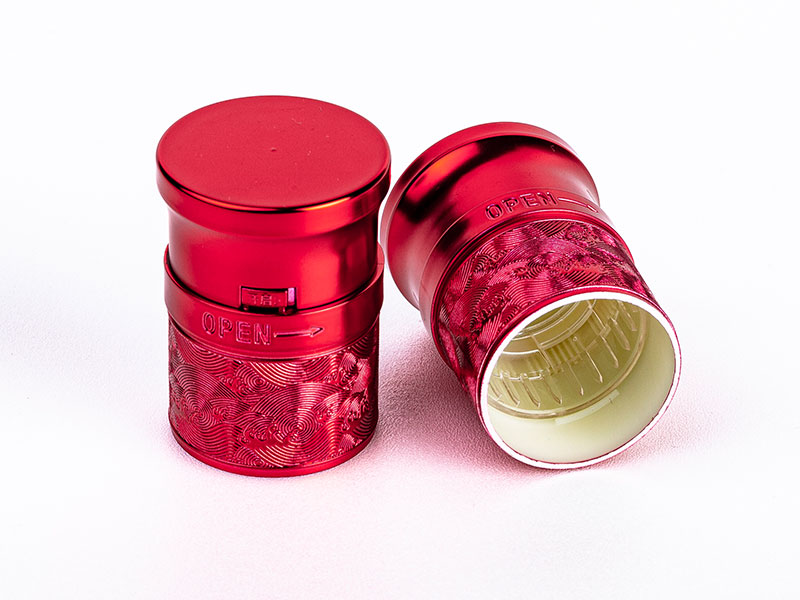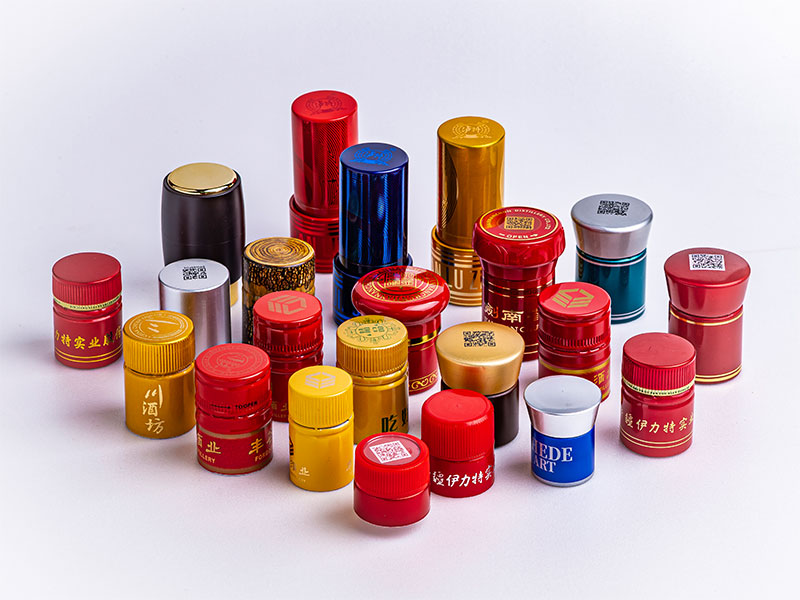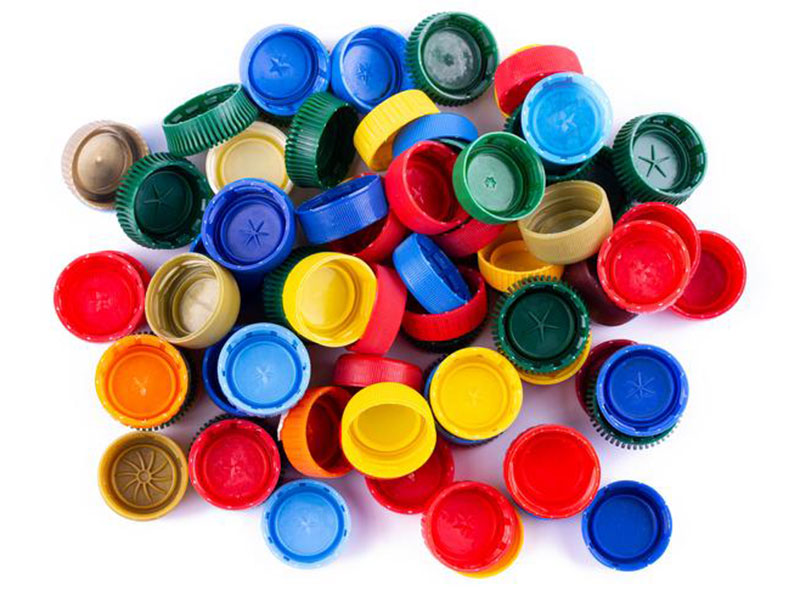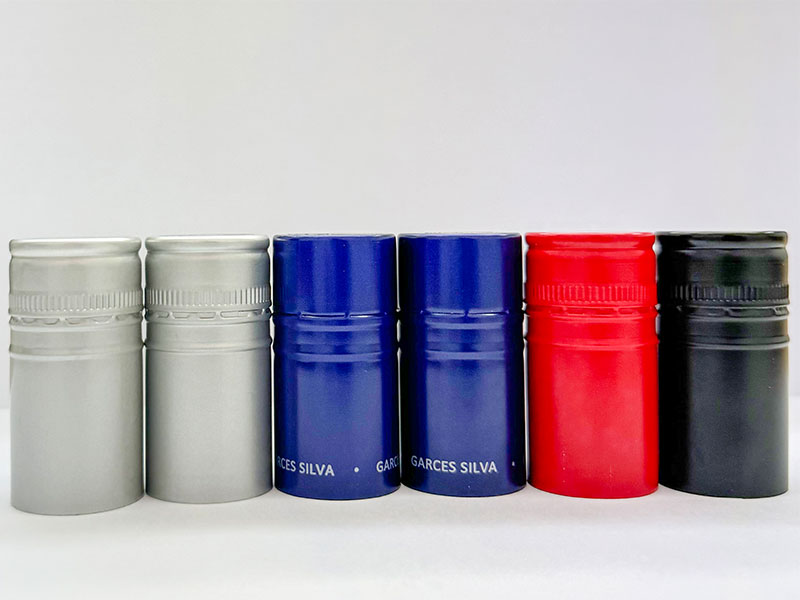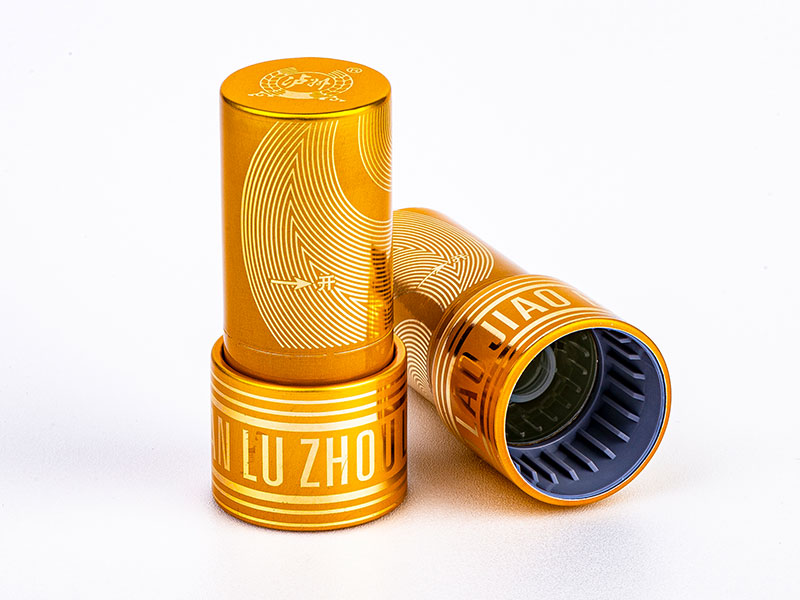30x60mm Aluminum Bottle Closures for Wine with Leak Tight Seal
When it comes to preserving the delicate bouquet and flavor of fine wines, the importance of a reliable bottle closure cannot be overstated. Among the myriad options available today, the use of 30x60mm aluminum bottle closures stands out—not just as a utilitarian sealing mechanism, but as an intersection of material science, aesthetic appeal, and functional design.
The Role of Bottle Closures Beyond Just Sealing
Wine preservation is a nuanced art. The closure must create a leak tight seal robust enough to prevent oxidation and contamination, yet sometimes allow a regulated micro-oxygenation beneficial for certain wine types during aging. This delicate balance often distinguishes a cheap cap from a carefully engineered piece such as the 30x60mm aluminum closure.
Why Aluminum? Insights from Material Science
Aluminum alloy, when correctly selected and tempered, offers a suite of attributes ideal for wine closures:
- Corrosion Resistance: Aluminum alloys are naturally resistant to corrosion, crucial for protection against contact with acidic wine vapors or residual moisture.
- Weight and Malleability: Aluminum offers a lightweight profile that nonetheless withstands the mechanical stresses involved in application on bottling lines and transportation.
- Custom Surface Finishes: The metal can be anodized or lacquered for added barrier properties and printed with vintage and branding details without affecting its sealing integrity.
Typical Alloy and Temper Specifications
For closures sized precisely at 30x60mm (diameter x height)—a versatile dimension compatible with many standard wine bottles—suppliers usually utilize an Aluminum Alloy series 3000, commonly 3004 or 3105 alloy for excellent formability combined with strength.
| Parameter | Typical Value | Standard |
|---|---|---|
| Alloy | 3004/H19 or 3105/H19 | ASTM B209 |
| Temper | H19 (strain-hardened) | ASTM B209 |
| Tensile Strength | 210 – 270 MPa | ASTM E8 |
| Elongation | ≥5% | ASTM E8 |
| Thickness Range | 0.18 mm – 0.30 mm | Process dependent |
The H19 temper (severe cold working) ensures the aluminum sheet is non-annealable but exhibits the strength and resilience necessary during sealing and wine storage.
How the 30x60mm Closure Achieves a Leak Tight Seal
The craftsmanship goes beyond raw materials:
- Internal Coating: The inner surface of these aluminum closures commonly has a food-grade, ethylene vinyl acetate (EVA) or polyethylene (PE) liner. This liner creates the direct seal against the glass lip, preventing seepage and minimizing any metallic aftertaste risks.
- Precision Dimensions: The 30mm neck diameter complements the bottleneck producing a hermetic but pressure-balanced seal. Meanwhile, the 60mm height includes flanges designed for easy capping with screw or press-on machines without affecting seal integrity.
- Thread Design: When screw-top types are used in wine (instead of classic corks), the threading synchronizes seamlessly ensuring even closing torque, crucial not only for leak prevention but also for avoiding bottle deformation, all while facilitating consumer-friendly opening.
- Quality Control Standards: Manufacturers often adhere to ISO 9001 and FDA regulations to ensure material safety and functional consistency for wine closures, guaranteeing your wine remains untainted and fresh.
Complementary Benefits Tailored to Modern Wine Culture
- Recyclability: Aluminum closures can be endlessly recycled without quality loss, aligning with sustainable packaging trends.
- Lightweight Transport: Downstream supply chains benefit from reduced carbon footprint due to lightness relative to heavier glass or complex seal systems.
- Premium Appearance: Matte, brushed, or colored anodized finishes empower brand distinctiveness on crowded retail shelves.
Best Practices for Implementation and Compatibility
- Ensure bottle specifications comply with closure size to avoid seal distortion.
- Store closures in dry, temperature-stable environments to preserve liner integrity.
- Monitor torque during bottling line installations to maintain consistent seal application.



